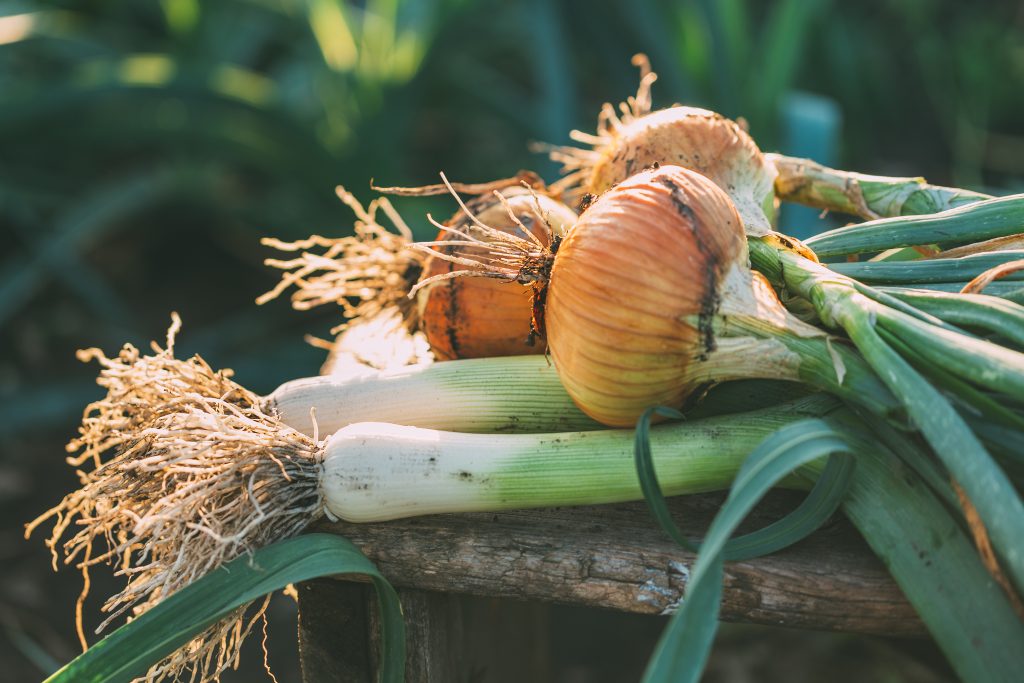
The Netherlands annually produces approximately 1.5 Mtonnes of fresh onions. During the processing of onions, large volumes of dry onion skins (outer skins) are created, an agricultural residual flow that amounts to 30 Ktonnes per year. In practice, onion skins are used to a low value, or the producer pays disposal costs. However, onion peels contain several valuable components (including pectin, proteins and quercetin).
By means of innovative biorefinery techniques, these compounds can be extracted from the insoluble and difficult to digest part (fiber residue) of this residual flow. This disrupts the valorisation of these compounds in high-quality food and chemical products. Because effective and viable processes for the biorefinery of pectin in onion peels are currently lacking in the SME project consortium, the extraction and value of pectin from this raw material is problematic.
In order to work towards a practical solution in this project, the mechanisms that cause the insolubility (hydrophobic) properties in dry onion skins are mapped based on existing knowledge and expertise. Subsequently, conceptual biorefinery processes are designed and tested for effective extraction of pectin from the residue of dry onion skins. In the consortium, which covers the value chain from residual flow production to the sale of food compounds, knowledge and experiences are actively shared and integrated with regard to residual flow valuation, plant cell walls, biorefinery, chemical technology and food ingredients with the aim of boosting the circular value of onion peels.











